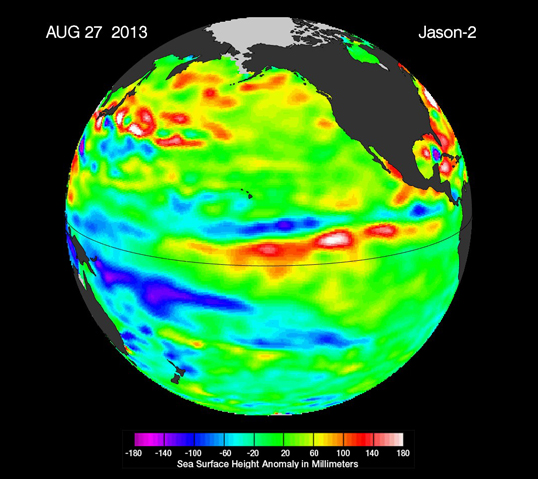Contents of this post
Acid and the ocean
The average pH of the ocean is 8.1, which means it is on the base side of the pH scale (remember, less than 7 is acidic, greater than 7 is basic). When scientists talk about ocean acidification, they are actually talking about ocean ‘de-basicifiction’—but that doesn’t sound as good 🙂
Ocean acidification
An unusual type of acid is carbon dioxide (CO2). It’s unusual because most acids have a hydrogen atom/ion on them somewhere that can dissociate when the acid is mixed with water. Here’s the process that carbon dioxide undergoes when mixed with water:
How carbonic acid effects shells in the ocean
Watch the following video. It is part a review of acid/bases and pH, and part an introduction to oceans turning a bit more acidic.
Reading & questions
Questions
- What is pH and how is it measured?
- How is ocean acidification related to a global increase in temperature?
- What is the Kyoto Protocol?
- What chemical reaction happens when CO2 and seawater (H2O) mix?
- Explain how shelled organisms are negatively impacted by ocean acidification.
- What are a few ways you can help reduce global ocean acidification?
Submit photo of answers
Submit a photo of your answers here. If you use more than one page, it’s OK to only submit the first page.
Further reading/viewing
If you’d like more information on this topic, here are some resources:
- NOAA Education
- Oyster farmers and ocean acidification (4 min video)
- ACID TEST: The Global Challenge of Ocean Acidification (22 min video)

